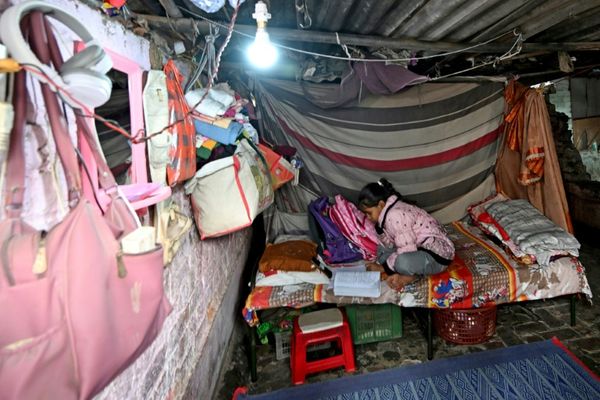
Singer Celine Dion last week put “Stiff Person Syndrome” on the map when she announced she had been diagnosed with the rare neurological disease.
Stiff Person Syndrome (SPS) is classified as an autoimmune disease — in short, the body’s immune system attacks cells it should not. Symptoms are variable but it often triggers spasms by eliciting hyper-sensitivities to noise, touch, and emotional distress.
It impacts around two in every 1 million people, is usually diagnosed around mid-life — more commonly in women than men — and its sufferers’ experiences range from manageable to debilitating. There’s currently no cure for the disease, and much is still unknown about why it impacts some over others.
The new public profile brought by Dion’s diagnosis was welcomed by people around the world suffering from SBS, but there is a long list of other rare diseases that few people — doctors included — have ever heard of.
“In Australia, the incidence of rare diseases as a whole is as frequent as diabetes. But individual conditions are rare,” Genetic Alliance Australia genetic counsellor Victoria Warn told Crikey.
Warn deals with patients who’ve jumped from doctor to doctor and misdiagnosis to misdiagnosis. By the time they reach her, they are “at the end of their tether”. She facilitates a support network by putting patients in contact with others suffering the same condition.
“The frustration of not getting a diagnosis, doctors and people not understanding what it is, and then the lack of treatment, it’s quite infuriating and the psychological stress is intense,” she said.
Neurologist Dr John Waterston said the time frame for diagnosing a rare condition like SPS “might be 12 months”.
“It depends on whether a doctor believes something rare is brewing. These people often present with muscle cramping or stiffness which are common symptoms and make it easy to misdiagnose,” he said.
The “great challenge” for neurologists is separating structural conditions (shorthand for “organic underlying diagnosis”) from the 20% of patients who have problems with function (“functional neurological disorder”).
“A person might have funny blackouts that look like seizures but it’s not epilepsy. Or they can’t move their legs, but you do scans and you can’t find anything wrong. They’re not feigning things, but it’s a disorder of function, not structure,” Waterston said.
Correct diagnosis is key for treatment, which Waterston says is delayed when doctors aren’t aware of rare diseases. But he adds that neurologists (like all medical fields) are not experts in every area of neurology — they sub-specialise. For Waterston that is patients presenting with dizziness, vertigo, and balance disorders.
Warn would like to see the lack of awareness of the diseases remedied through increased funding in research and education: “It completely floors me that doctors are not taught about these rare conditions in medical school.”
In the interim, Dion’s diagnosis has served as a major public education campaign.
“All of a sudden people around the world will know what this is and not have to google it,” Warn said.







